Home>Ideas and Tips>Upgrading Your Home’s Basement With DIY Acoustic Metamaterial Sound-Proofing
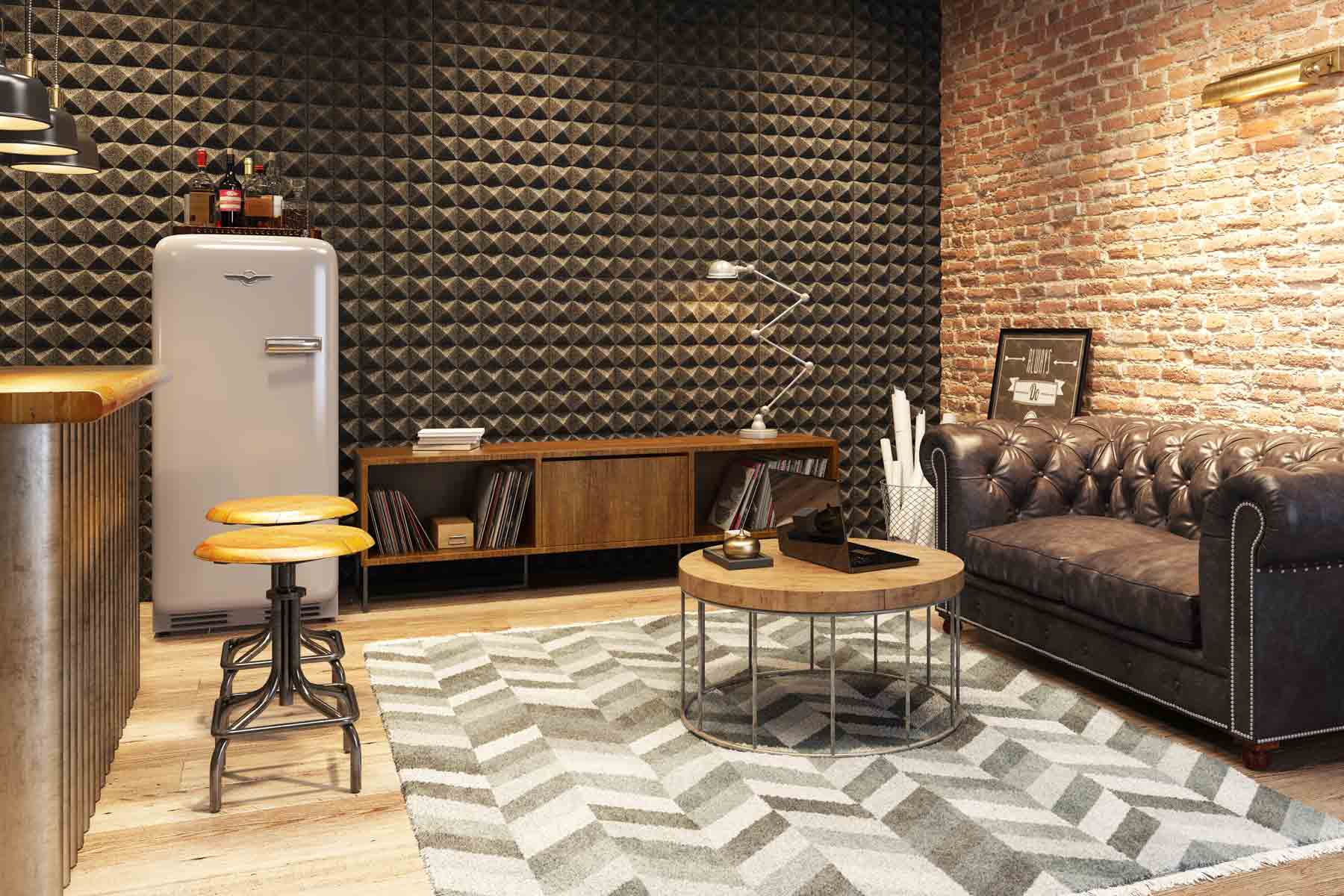

Ideas and Tips
Upgrading Your Home’s Basement With DIY Acoustic Metamaterial Sound-Proofing
Published: September 22, 2024
Transform your basement into a quiet retreat with DIY acoustic metamaterial sound-proofing. Learn how to effectively reduce noise with innovative materials.
(Many of the links in this article redirect to a specific reviewed product. Your purchase of these products through affiliate links helps to generate commission for Storables.com, at no extra cost. Learn more)
Introduction
Basements are often the most neglected areas of a home, serving as storage spaces or unfinished rooms. However, with a little creativity and some DIY projects, you can transform your basement into a cozy and functional living space. One of the most significant challenges in basement renovation is soundproofing. Whether you're planning to use the basement as a home theater, a music room, or just a quiet retreat, soundproofing is essential to ensure that the space remains peaceful and free from external noise.
In recent years, acoustic metamaterials have emerged as a revolutionary solution for soundproofing. These materials are designed to manipulate sound waves in ways that traditional soundproofing materials cannot, offering superior sound insulation and absorption. In this article, we will explore the concept of acoustic metamaterials and guide you through a DIY project to upgrade your home's basement with these innovative materials.
What are Acoustic Metamaterials?
Acoustic metamaterials are artificial structures engineered to have unique acoustic properties. Unlike traditional materials, which either absorb or reflect sound waves, acoustic metamaterials can manipulate sound waves in various ways, including absorbing, reflecting, and even canceling them out. These materials are typically made from lightweight materials such as plastics, metals, or composites and are designed to be flexible and adaptable to different environments.
The key to the effectiveness of acoustic metamaterials lies in their ability to create band gaps—specific frequency ranges where sound waves cannot propagate through the material. By designing these band gaps, acoustic metamaterials can significantly reduce sound transmission across a targeted frequency range, making them ideal for soundproofing applications.
Benefits of Using Acoustic Metamaterials
-
Superior Sound Insulation: Acoustic metamaterials offer superior sound insulation compared to traditional materials. They can absorb or reflect sound waves more effectively, reducing the amount of noise that enters or leaves a room.
-
Customizable Design: One of the most significant advantages of acoustic metamaterials is their customizability. They can be designed to fit specific spaces and requirements, making them versatile for various applications.
-
Lightweight Construction: Acoustic metamaterials are often lightweight, which makes them easier to install and transport. This is particularly beneficial for DIY projects where weight can be a significant factor.
-
Aesthetic Appeal: Unlike traditional soundproofing materials, acoustic metamaterials can be designed to be aesthetically pleasing. They come in various shapes and sizes, allowing you to integrate them seamlessly into your basement design.
-
Versatility: Acoustic metamaterials are not limited to soundproofing alone; they can also be used in other applications such as reducing vibrations in machinery or enhancing sound transmission in specific contexts.
DIY Project: Upgrading Your Basement with Acoustic Metamaterial Sound-Proofing
Materials Needed
- Acoustic Metamaterial Panels: These are the core components of your DIY project. You can purchase pre-made panels or create your own using materials like plastic sheets, metal mesh, or composite materials.
- Adhesive: A strong adhesive is necessary to attach the acoustic metamaterial panels to your basement walls and ceiling.
- Drill and Drill Bits: For drilling holes in the panels if necessary.
- Measuring Tape and Level: To ensure accurate placement of the panels.
- Safety Gear: Gloves, safety glasses, and a dust mask.
Step-by-Step Instructions
1. Prepare Your Basement Space
Before starting your DIY project, ensure that your basement space is clean and free from debris. Remove any existing soundproofing materials and clean the walls and ceiling thoroughly.
2. Measure Your Space
Measure the dimensions of your basement walls and ceiling to determine how many acoustic metamaterial panels you will need. Consider any obstructions such as windows, doors, or electrical outlets.
3. Cut the Panels
If you are using pre-made panels, you may need to cut them to fit your space. Use a saw or a utility knife to cut the panels according to your measurements. If you are creating your own panels from scratch, follow the instructions provided with the materials.
4. Apply Adhesive
Apply a strong adhesive to the back of each acoustic metamaterial panel. Make sure to follow the manufacturer's instructions for application and drying times.
5. Attach Panels to Walls
Starting from one corner of your basement, attach the first panel to the wall using a level to ensure it is straight. Continue attaching panels along the walls, overlapping them slightly at the seams for maximum effectiveness.
6. Attach Panels to Ceiling
Repeat the process for attaching panels to the ceiling. Ensure that there are no gaps between the panels and that they are securely attached.
7. Add Additional Layers (Optional)
For maximum soundproofing, you can add additional layers of acoustic metamaterials. This can include placing panels on the floor or using them as a drop ceiling.
Tips and Variations
-
Custom Shapes: Acoustic metamaterials can be designed in various shapes and sizes to fit specific spaces. Consider using hexagonal or cubical shapes for a more aesthetically pleasing design.
-
Layering: Adding multiple layers of acoustic metamaterials can significantly enhance soundproofing performance. This is particularly effective when combined with other soundproofing techniques like sealing gaps and using mass-loaded vinyl.
-
Integration with Other Materials: Acoustic metamaterials can be integrated with other soundproofing materials like mass-loaded vinyl or fiberglass batts for enhanced performance.
-
DIY vs. Professional Installation: While DIY installation is cost-effective and can be done with minimal tools, professional installation may be necessary for larger spaces or more complex designs.
Case Studies and Examples
Example 1: Soundproofing a Home Theater
A homeowner wanted to create a home theater in their basement but was concerned about external noise disrupting the viewing experience. Using acoustic metamaterial panels, they were able to significantly reduce ambient noise levels, creating an immersive viewing environment.
Example 2: Reducing Noise from HVAC Systems
In another case, a homeowner used acoustic metamaterials to reduce noise from their HVAC system. By placing the panels around the vents and ducts, they were able to minimize the noise level, creating a quieter living space.
Example 3: Soundproofing an MRI Machine Room
Acoustic metamaterials have also been used in medical settings to soundproof MRI machine rooms. These materials help shield patients from the intense vibrations and sounds produced by the machines during imaging procedures.
Conclusion
Upgrading your home's basement with DIY acoustic metamaterial sound-proofing is a straightforward yet effective way to enhance the acoustics of your space. By leveraging the unique properties of acoustic metamaterials, you can create a quieter, more functional living area that meets your specific needs. Whether you're planning a home theater or simply want a peaceful retreat, incorporating these innovative materials into your DIY project can make all the difference.
Future Developments and Applications
The field of acoustic metamaterials is rapidly evolving with ongoing research into new applications and improvements in existing technologies. Future developments may include:
- Advanced Materials: The development of new materials with enhanced acoustic properties will continue to improve soundproofing performance.
- Customizable Designs: Advances in 3D printing technology will enable more complex and customizable designs for acoustic metamaterials.
- Integration with Smart Homes: Acoustic metamaterials could be integrated with smart home systems to provide real-time noise monitoring and adaptive soundproofing solutions.
As technology advances, the possibilities for using acoustic metamaterials in various settings will expand, making them an essential component in modern home design and renovation projects.
By embracing these innovative materials and techniques, homeowners can create spaces that are not only functional but also peaceful and enjoyable. Whether you're upgrading your basement or any other area of your home, incorporating DIY acoustic metamaterial sound-proofing techniques can significantly enhance the overall living experience.
Was this page helpful?
At Storables.com, we guarantee accurate and reliable information. Our content, validated by Expert Board Contributors, is crafted following stringent Editorial Policies. We're committed to providing you with well-researched, expert-backed insights for all your informational needs.
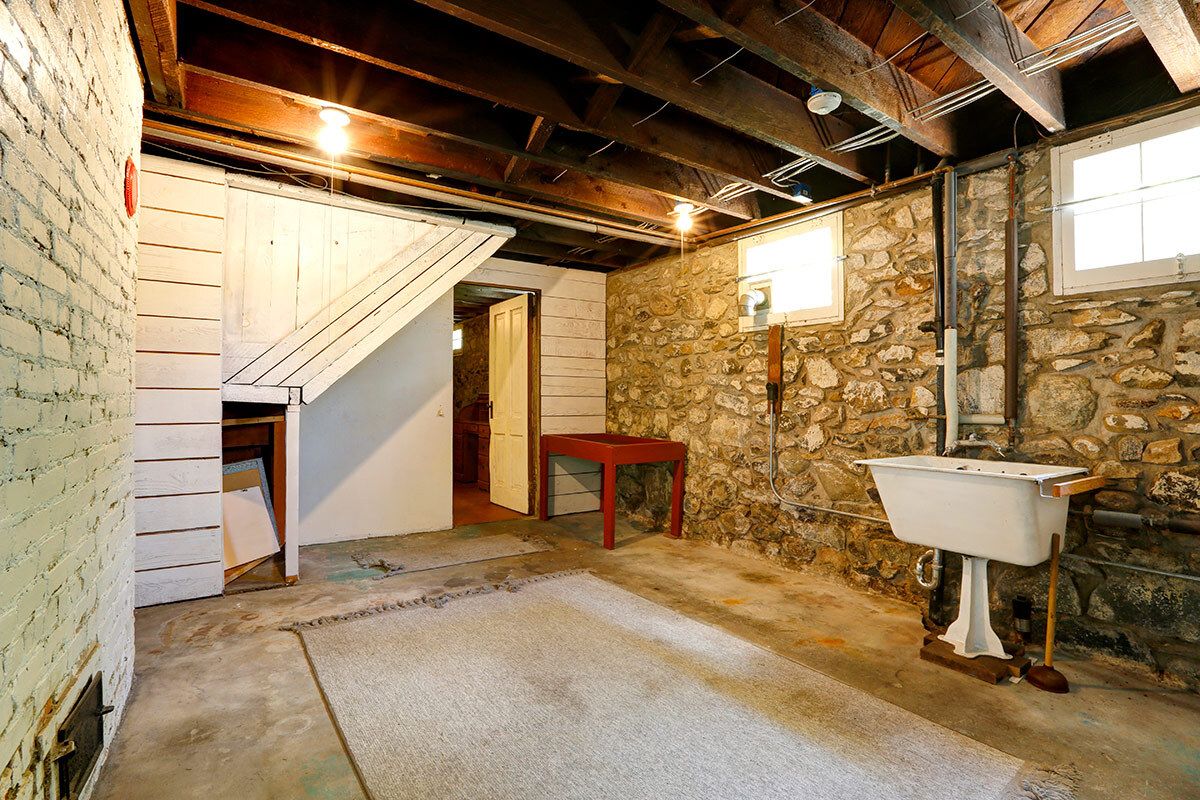
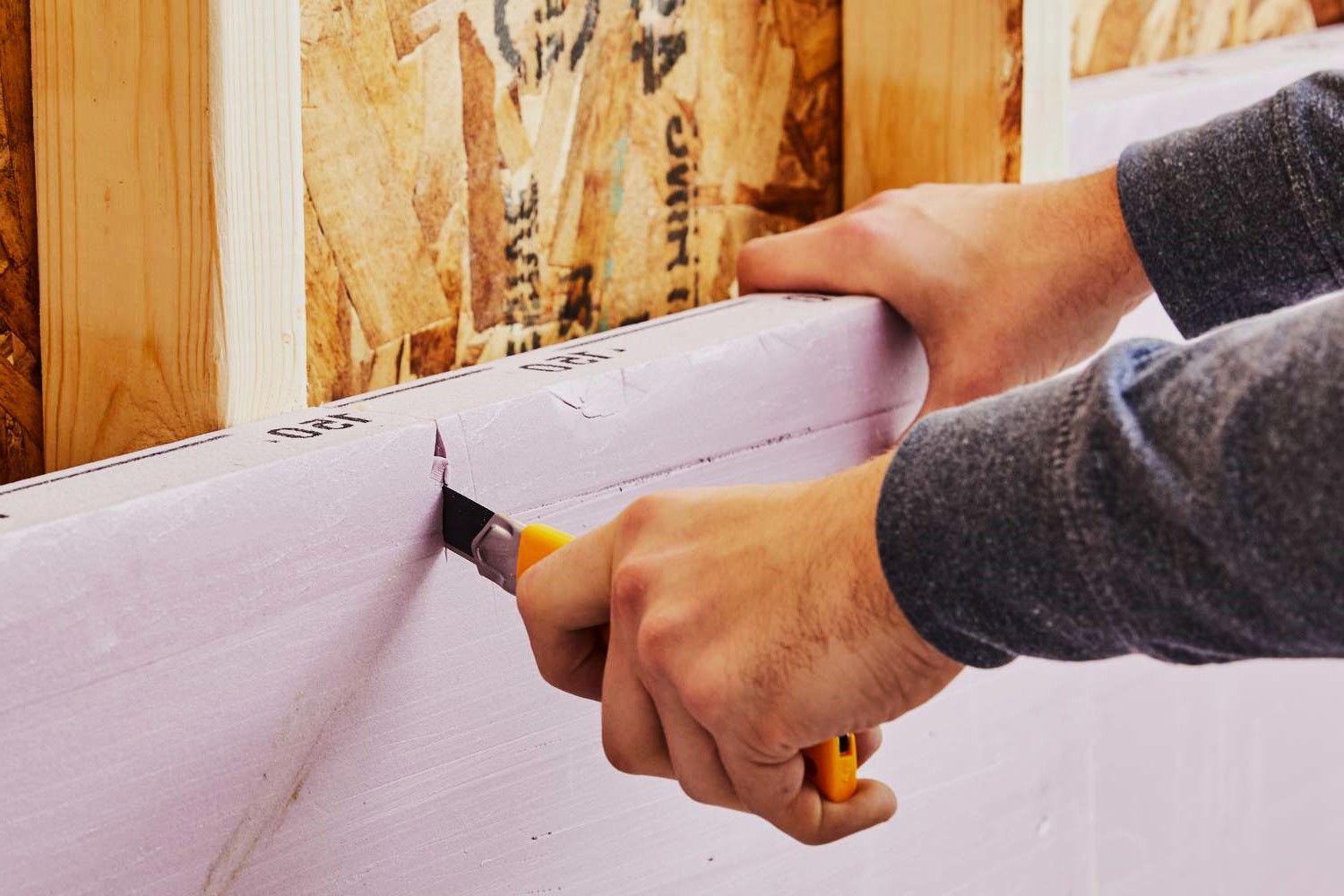
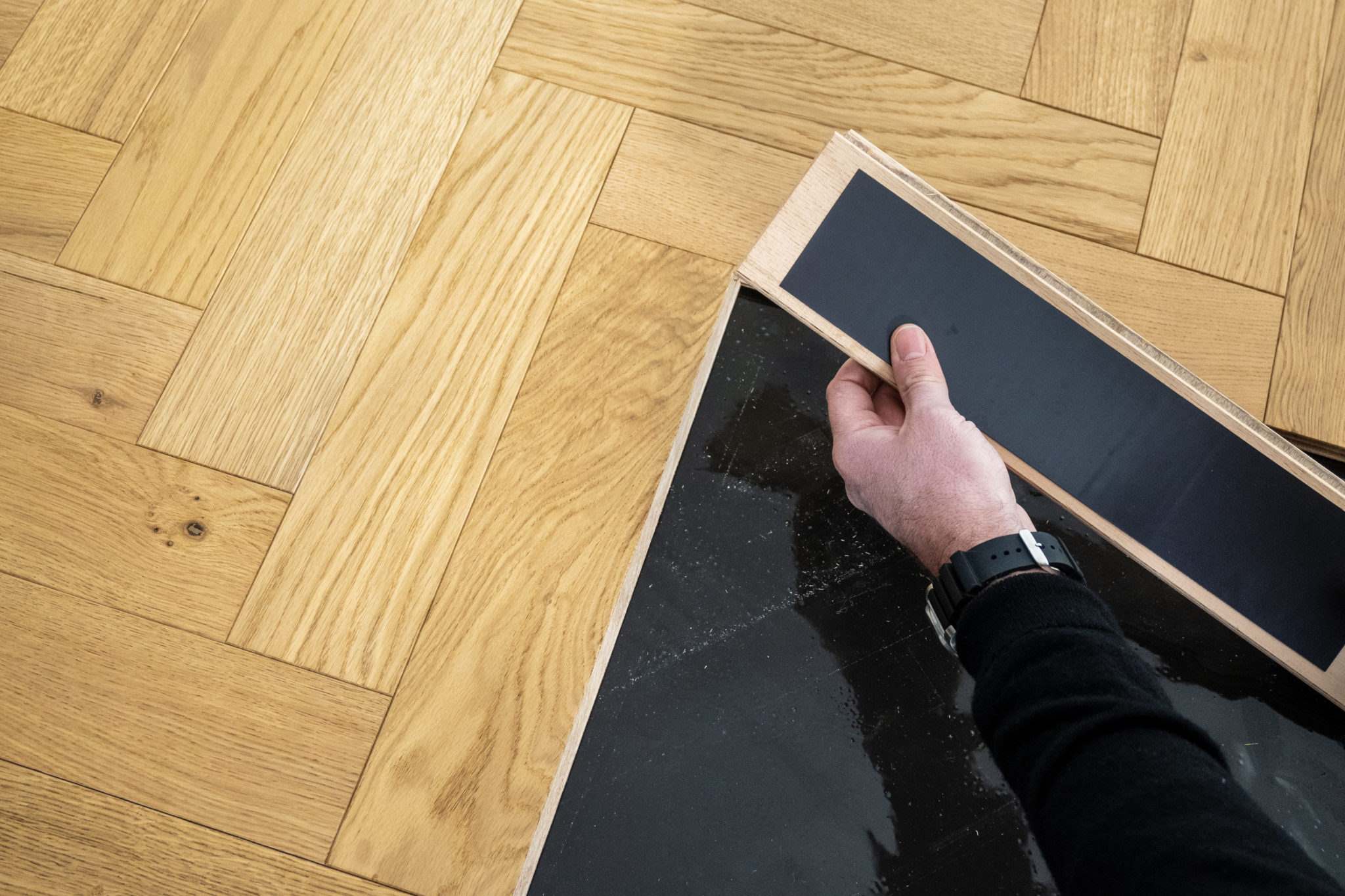

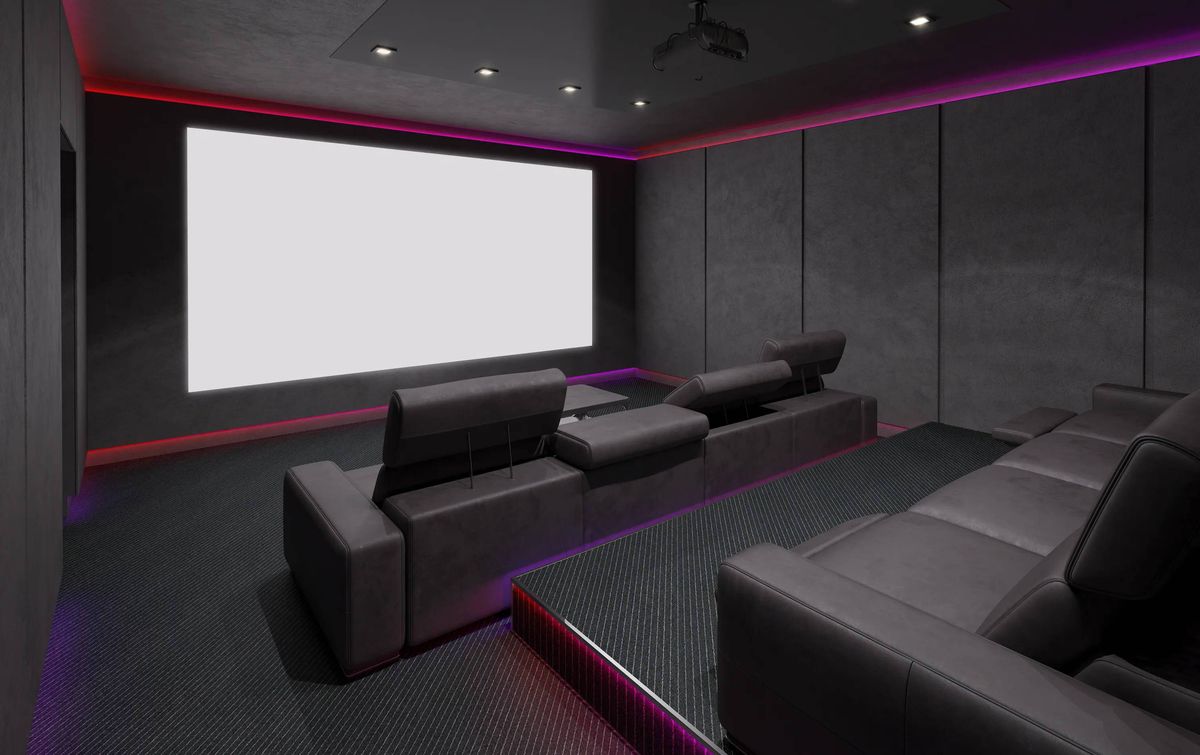
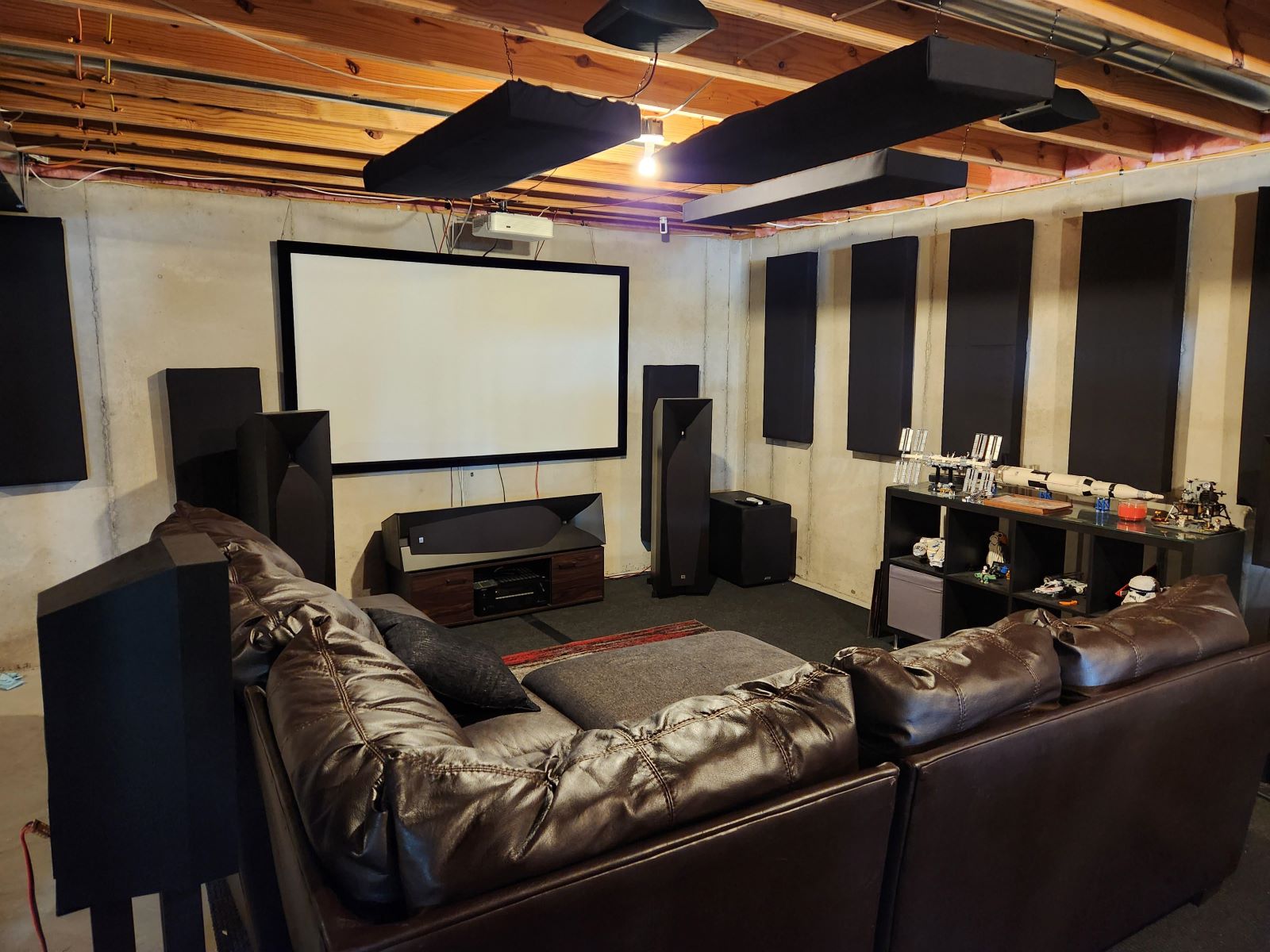

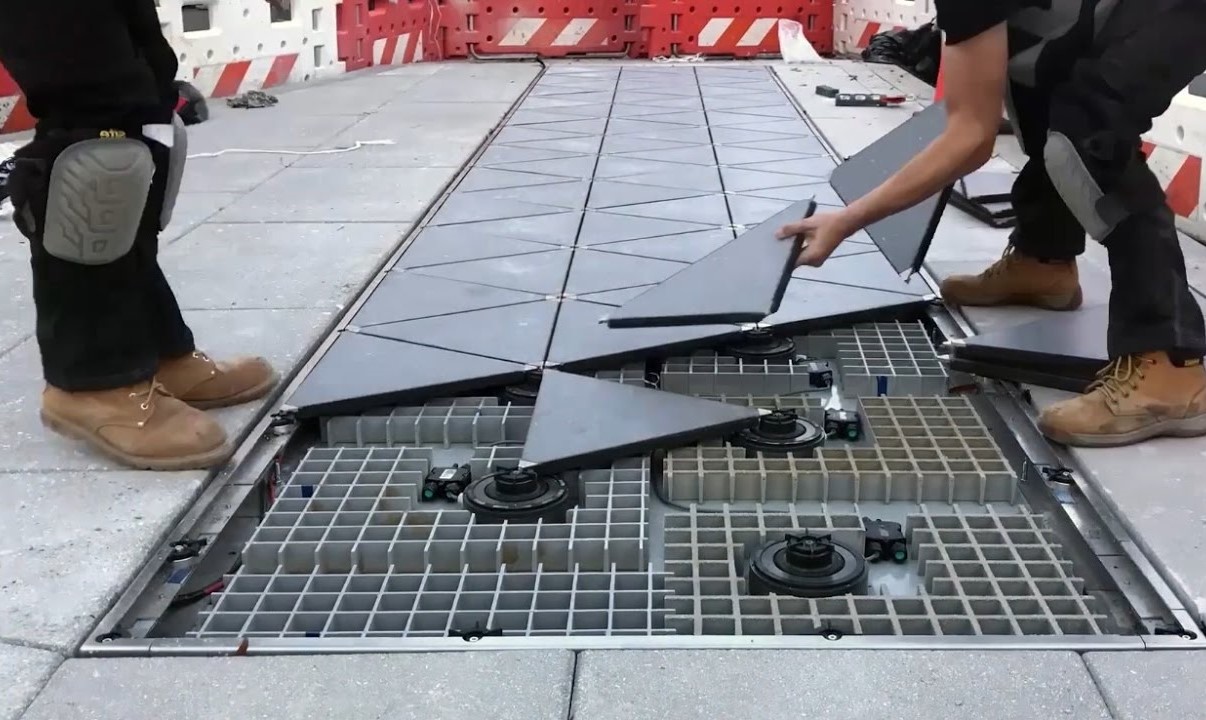
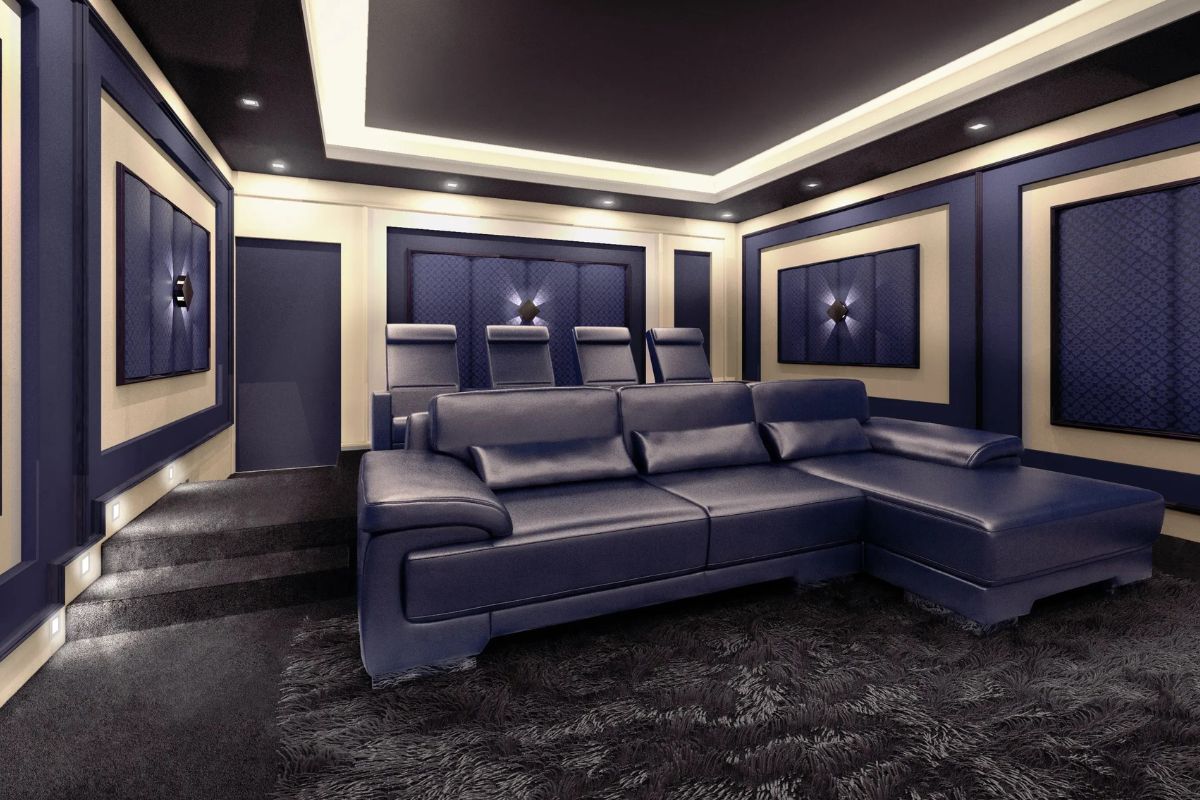
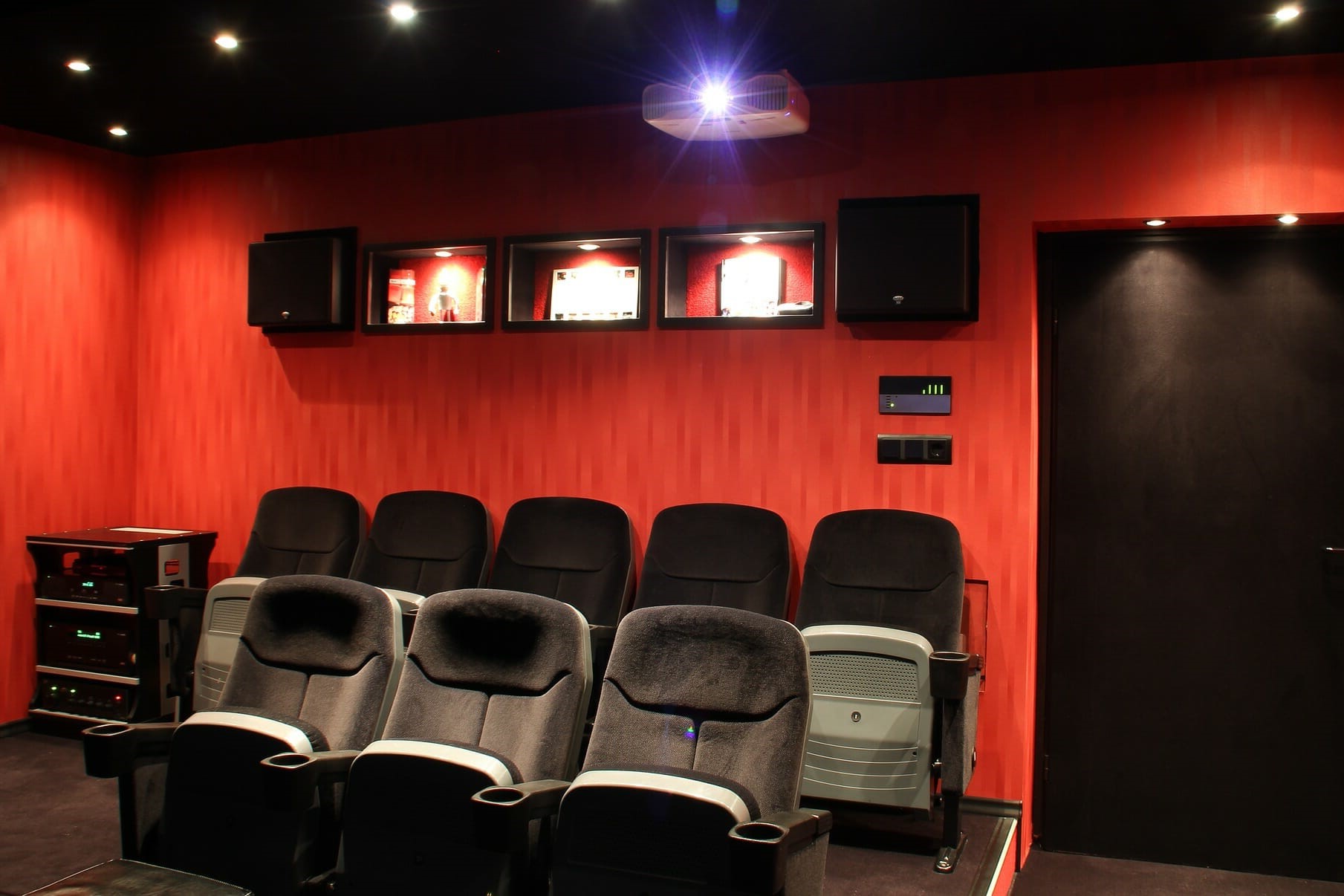

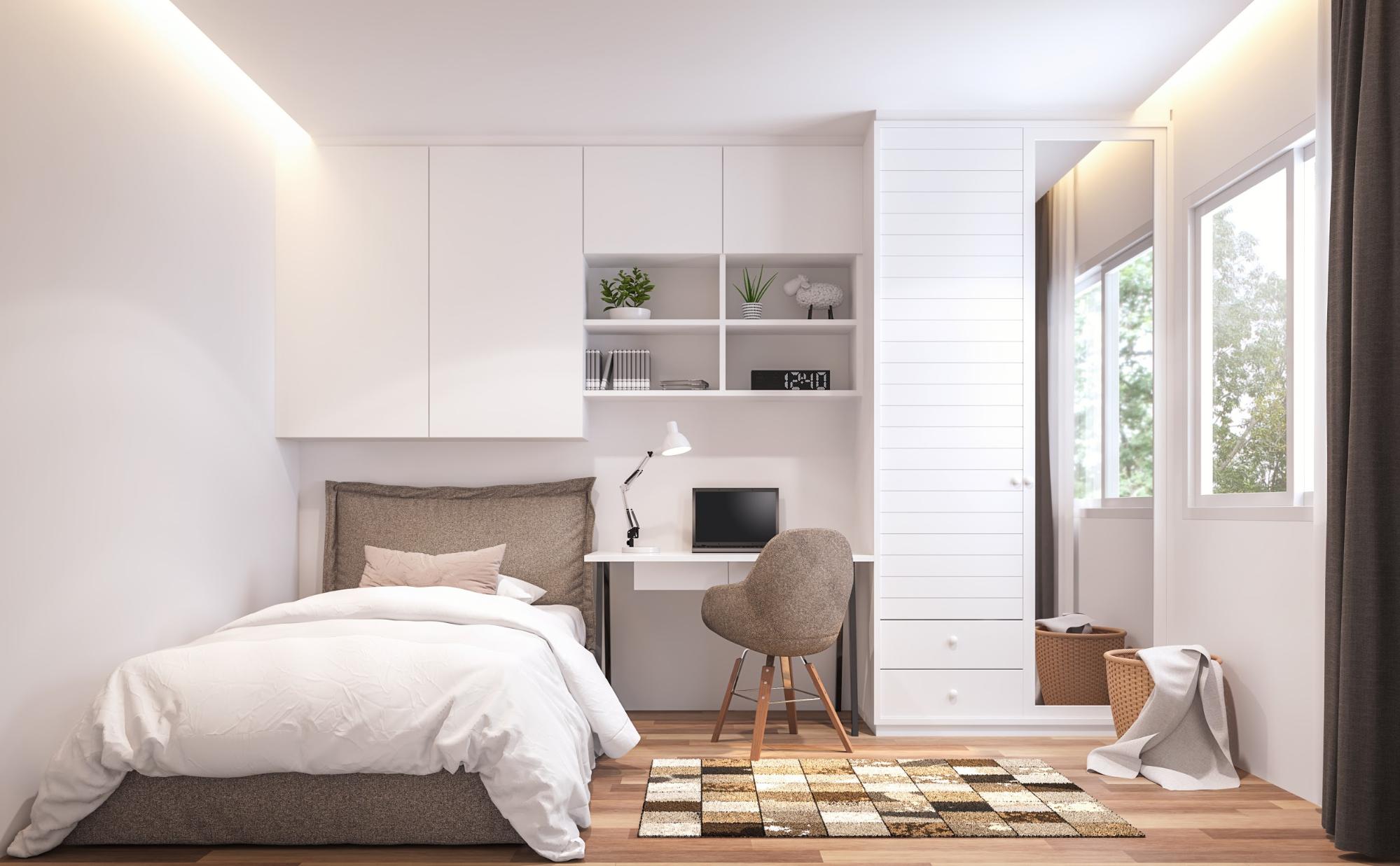
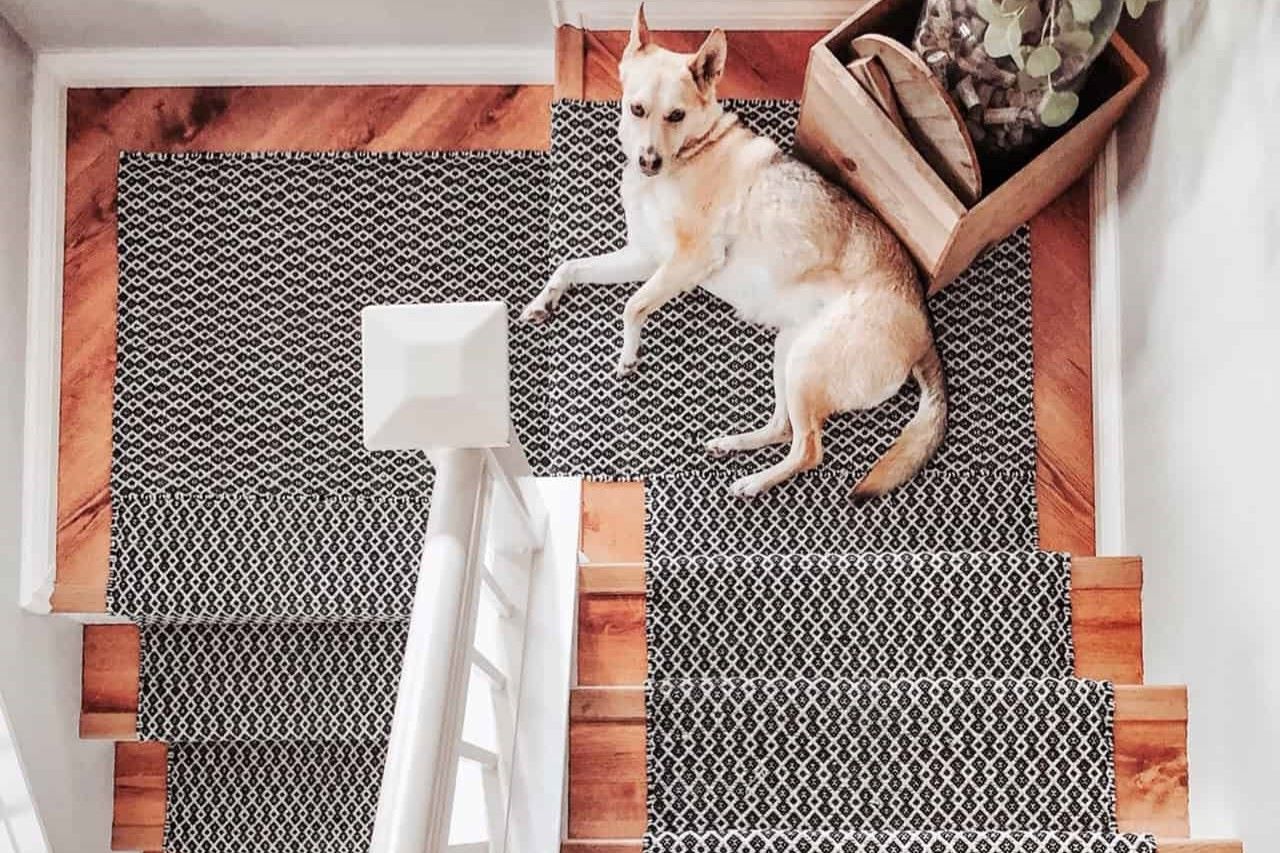

0 thoughts on “Upgrading Your Home’s Basement With DIY Acoustic Metamaterial Sound-Proofing”